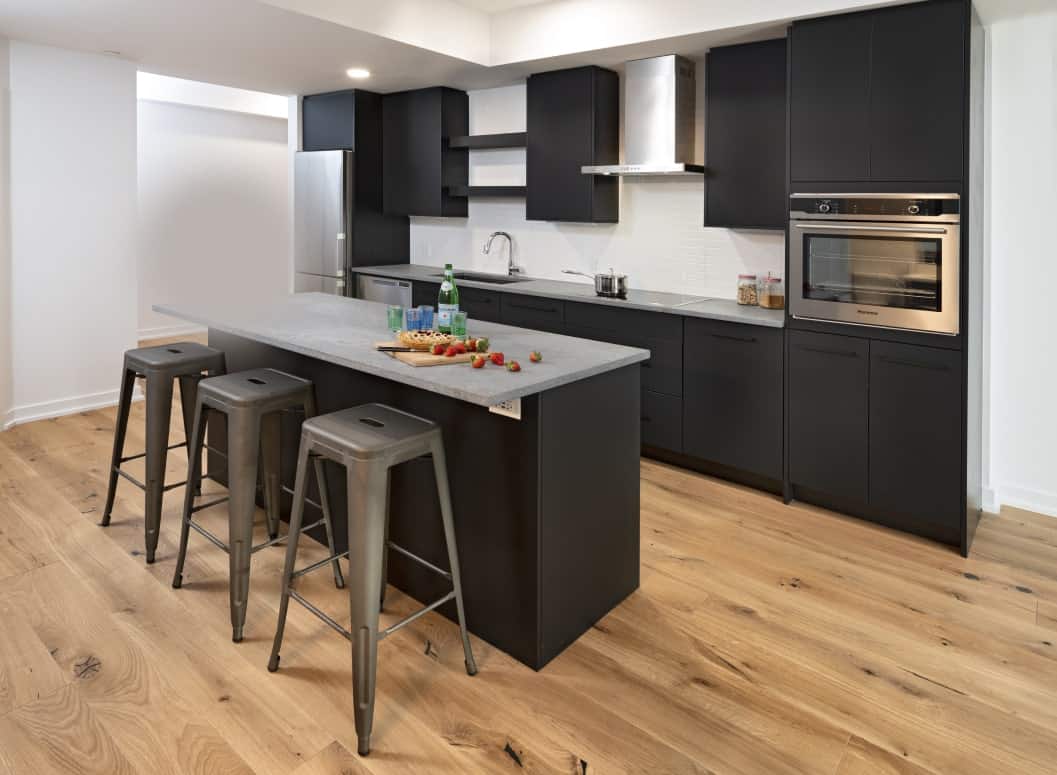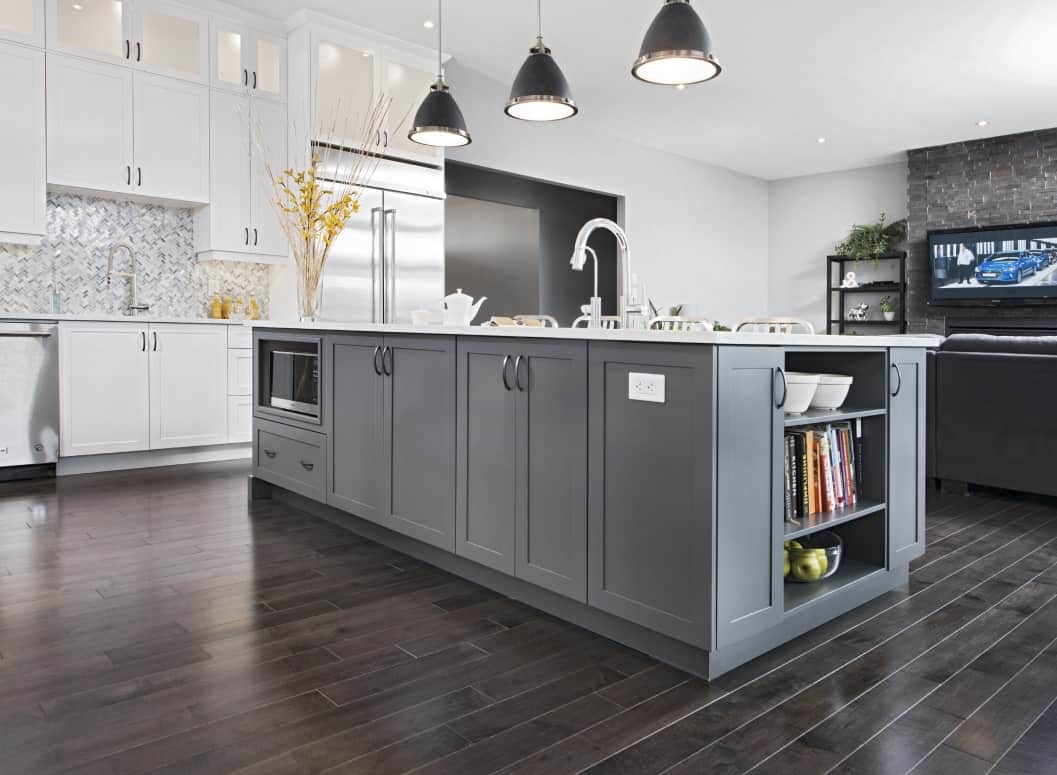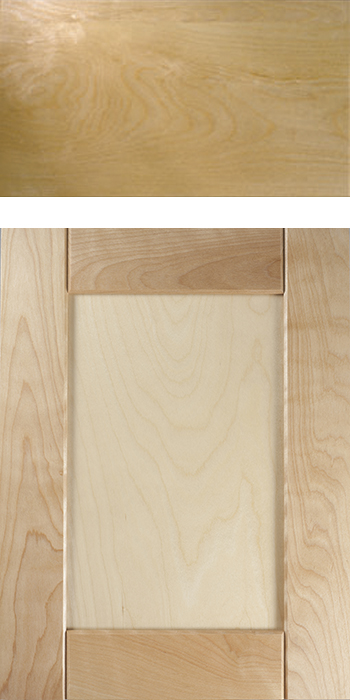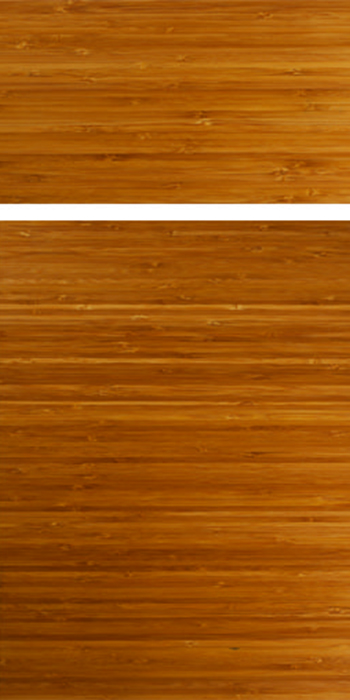Are you planning a kitchen renovation?
Remember, the cabinets will be among the most prominent features in your new dream kitchen-to-be. There’s a lot to consider from the kitchen cabinet door styles, types, materials, and choosing between custom and prefeb cabinets. You’ll want to choose your custom kitchen cabinet material with care, based on your kitchen design, colour scheme, and of course, your remodelling budget.
Let’s compare 12 popular kitchen cabinet materials pros and cons to guide you in your kitchen remodel decision. (TIP: Some very stylish kitchens use a combination of two or more materials.)
Table of Contents
Melamine
PROS:
Price. Made of pressed wood, MD, or plywood topped by a layer of paper coloured with a heat-fused melamine resin, melamine is the least expensive cabinet material.
Variety. The assortment of colours and patterns is enormous, including a rather convincing faux wood grain and textured melamine option.
Maintenance. Melamine cabinets are easy to clean and won’t require re-staining or sealing over the years.
Long-lasting. Melamine is incredibly stable, and won’t expand or contract with humidity changes like hard wood kitchen cabinets will.
CONS:
Limited Choice Of Shape. The cabinet shapes are almost always square, limiting your kitchen design options.
Low Resistance. Melamine cabinets are especially susceptible to scratches and dents, which can be difficult – or impossible – to repair.
Weight. Melamine is heavier than more costly cabinet materials, and might end up sagging.
Polyester

PROS:
Price. This material is composed of melamine blended with pine fibre, then coated with a polyester film. While slightly pricier than melamine, it’s still very affordable.
Higher resistance than melamine. Polyester is an extremely durable material, and is more scratch resistant as compared to melamine.
Colour selection. Polyester cabinets are available in a wide variety of colours and wood looks.
CONS:
Difficulty of Scratch Repair. If polyester does become scratched, retouching is not a simple task.
Solid Wood

PROS:
Always in style. High quality wood cabinets add timeless beauty to your home, which will always be on trend.
Many natural colours. An assortment of lovely natural hues, offered by different wood species, including bamboo, cherry, oak, birch, walnut, maple, knotty pine, and hickory. A solid choice if you’re looking for a more natural design for your kitchen.
Durable. Solid wood kitchen cabinets are the gold standard when it comes to strength and durability. They are strong, long-lasting and resistant to damage. Scratches are usually easy to cover or buff away.
Customizable. Solid wood can readily be customized to create the cabinet door type of your choice.
CONS:
Cost. Solid hardwood cabinets tend to be expensive. Typically crafted with sustainable resources so is usually a higher price than other kitchen cabinet materials.
Reactive To Humidity. Solid wood naturally reacts to humidity and may warp or crack. The expansion and contraction (called “breathing”) happens with changes in temperature and humidity, but warping would take significant moisture or a very long period of time.
High Maintenance. Wooden cabinets should be treated with a waterproof finish. Clean with non-abrasive products designed especially for wood.
Wood Veneers
PROS:
Natural Wood-like. Wood veneer cabinets are one of the most popular kitchen cabinet materials. They create wood like panels, because they are actually made of a thin layer of real wood, which is glued onto less expensive core materials.
Price: Wood veneer is cheaper than solid natural wood.
Simple Scratch Repair. Nicks and scratches can be simply buffed out to restore a smooth even appearance.
Durability. Wood veneer is reasonably durable (more so than laminate, but less than solid wood). It is highly resistant to warping.
Easy Care. Veneer cabinets are easy to wipe down, using only a lightly dampened soft cloth.
CONS:
Vulnerable To Water Damage. Excessive moisture will loosen the veneer from its base, causing an unattractive “bubbled” effect.
Medium-Density Fiberboard (MDF)

PROS:
Even Grain. Because medium-density fiberboard is composed of small particles of wood fibers mixed with wax and resins, it has a smooth, even grain.
Stability. MDF will not expand and contract as much as natural wood with fluctuations in your home’s relative humidity. As a result, it will be less prone to warping.
Paintability. Cabinets made of MDF take paint nicely, and may be repainted whenever you wish.
Flexible Styling. Medium density fibreboard is easy to craft into a variety of kitchen cabinets styles.
Large Size Pieces. MDF is manufactured in large pieces, unlike wood which is limited by the size of the tree it is cut from.
CONS:
Cannot Be Sanded. Chips and scrapes are impossible to sand out of MDF.
Not Heat Resistant. This cabinet material will not stand up to extremely high temperatures.
Read our guide on particle board vs. plywood cabinets.
High Gloss Thermofoil
PROS:
Attractive Appearance. High gloss thermofoil consists of a glossy vinyl coating on a base material such as pine fibreboard. These cabinets reflect light, making your kitchen appear brighter and more spacious.
Easy Cleaning. Just wipe off any smudges or marks with a damp non-scratch cloth.
Fade And Warp Resistant. HGT cabinets don’t fade or warp, as wood tends to do.
CONS:
Show Dirt. Every fingerprint or smear will show up on the reflective surface, so many homeowners with small children use this material only for upper cabinet doors.
Difficult To Paint. Changing colour or covering scratches is complicated.
Vulnerable To Heat And Moisture. Today’s HGT cabinets are more durable than they were 20 years ago, but they are still somewhat vulnerable.
High Pressure Laminate

PROS:
Impact Resistant. Though HPL is similar to melamine, it is manufactured of multiple layers, under high pressure. As a result, this material is more resistant to chips, scratches, etc.
Selection. HPL cabinets come in a wide range of colours and finishes.
Easy Care. This material does not require staining or finishing and is easy to clean.
CONS:
Price. High pressure laminate is pricier than melamine (though it’s still cost-effective compared to many other materials).
Oak

PROS:
Variety. The two major types of oak—red oak and white oak—offer several different varieties and looks. You can also have knotty or regular oak, depending on how much you want to embrace the natural wood grain look.
Durable. Oak is very strong and rot-resistant, which makes it a great choice for a potentially messy space like a kitchen.
Value. Oak is a fairly inexpensive option as compared to other solid wood kitchen cabinet materials.
CONS:
Texture. Oak has a prominent grain, which may be more texture than you want for your kitchen’s styling.
Susceptible to cracks. Any solid wood kitchen cabinet materials will expand and contract with changes to humidity and temperature, and oak is no exception.
Birch

PROS:
Easy to style. Birch has a smooth surface and a simple, open grain, making it a fairly clean palette to style with.
Strength. Birch is one of the best materials for your kitchen cabinets if you’re looking for a solid and reliable wood.
Paint-grade. While some species of wood don’t lend themselves well to being painted, birch isn’t one of them. With its open grain and uniform surface, birch is a great choice if you plan to paint your cabinets.
CONS:
Stain might be blotchy. If you plan to use a dark stain on birch, it’s possible that the different speeds of absorption can cause a blotchy effect. If you want a more uniform look, you might be better off with a different kitchen cabinet material.
Susceptible to cracks. Like any solid wood material, kitchen cabinets made of birch will expand and contract with changes in humidity and temperature.
Hickory

PROS:
Strength. Hickory is strong and durable, which makes it an excellent choice for high-traffic areas.
Aesthetic appeal. Hickory has a pronounced grain, and there are a wide range of colours present in the natural grain. If you’re looking for a rustic style, hickory is a great choice for your kitchen cabinets.
Versatility in design. Hickory can be easily paired with many different types of styles and aesthetics. Whether you’re going for a timeless, classic look of natural wood or are interested in staining or painting, hickory can handle it all.
CONS:
Price. Hickory is priced on the higher end of the wood options for your kitchen cabinet materials.
Hard to maintain. Gentle maintenance is required for this wood; no abrasive cleaners, scrubs, or other harsh chemicals should be used to clean them.
Bamboo

PROS:
Attractive appearance. Kitchen cabinets made of bamboo are actually built from bamboo plywood. Strips of bamboo are glued and pressed together to form sheets. This results in a beautiful, striped appearance that is very unique.
Strength. Bamboo is one of the strongest wood materials you can find. It can be stronger than oak or maple and can also be used for countertops.
CONS:
Price. Because much more work is involved in turning bamboo into plywood, the price of this material is rather high.
Stainless Steel
PROS:
Durable. A popular choice in commercial kitchen cabinet materials, stainless steel has a high level of durability. It handles heat very well and is non-porous, which means it won’t hold water or other liquids.
Maintenance. Stainless steel kitchen cabinets are easy to clean. The smooth metal won’t hold any stains, and dirt, grime, oil, or other debris is easily wiped off.
Long-lasting. They won’t warp in high heat or humidity, and you can expect them to look the same as when they started out, regardless of the ambient temperature or humidity.
Hygienic. Stainless steel is resistant to bacteria and corrosion, plus it is non-toxic.
CONS:
Niche style. A stainless steel kitchen is a distinct look, and not every house can easily integrate the “commercial” look offered with this type of kitchen cabinet material.
Price. The price can vary greatly for stainless steel cabinets, but an entire kitchen made of this material will cost more than the more budget-friendly options.
Fingerprints show easily. While the material is easy to clean, it also shows fingerprints, smudges, and other marks quite easily as well. You’ll have to stay on top of your cleaning routine to keep things looking nice.
Help Selecting Your Kitchen Cabinet Material
We hope you’re getting excited about choosing your kitchen cabinets by now. Let us share your excitement – and offer some practical suggestions as well.
When you book a free consultation with Laurysen Kitchens, you’ll have the opportunity to speak with a qualified designer. Together, we will plan the kitchen renovation of your dreams.

